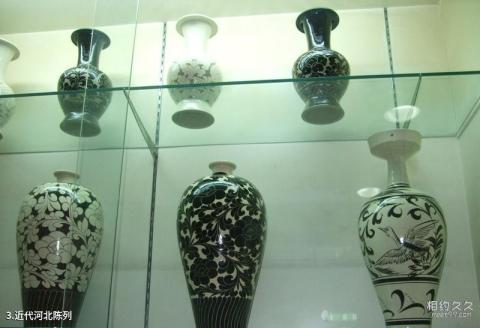
Modern Hebei display introduction: The starting and ending time range is from 1840 (the outbreak of the Opium War) to 1949 (the founding of the People's Republic of China), with an exhibition area of 1,300 square meters and a display line of 270 meters. More than 200 cultural relics, nearly 500 photos, and auxiliary exhibits such as restored landscapes, charts, paintings, sculptures, and computer touch screens are on display. The display content is divided into three parts: the beginning of modern times (1840-1904), the battle to save the nation (1905-1936), and the bloody battle to open a new era (1937-1949), with a total of 22 units. The beginning of modern times in order to save the nation reviews the failure of the two Opium Wars, which reduced Zhili to a semi-colonial and semi-feudal society, the struggles of the Taiping Rebellion’s Northern Expeditionary Army and the Nian Army in Zhili, the rise of the Boxer Rebellion in Zhili, and the emergence of Zhili’s modern industrial civilization. The successive battles that started the prairie fire partly reflect the germination of the revolutionary fire in Hebei after the Revolution of 1911, the founding of the work-study movement in France, the spread of Li Dazhao and Marxism, the magnificent climax of the labor movement, the turbulent armed struggle and other historical facts. The bloody battle to open a new era partially reproduces the heroic and indomitable, heroic and evocative pictures of the Hebei people in the War of Resistance Against Japanese Aggression and the War of Liberation, who were not afraid of powerful enemies and bravely resisted insults.
